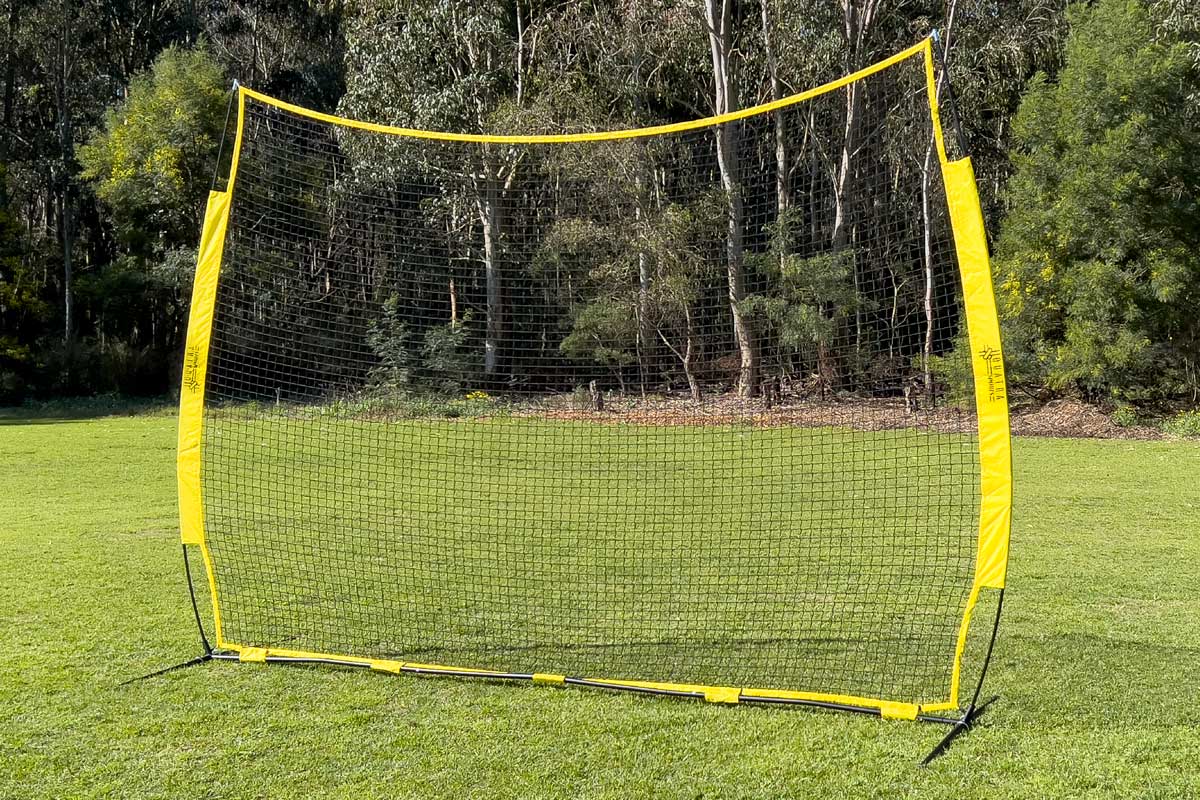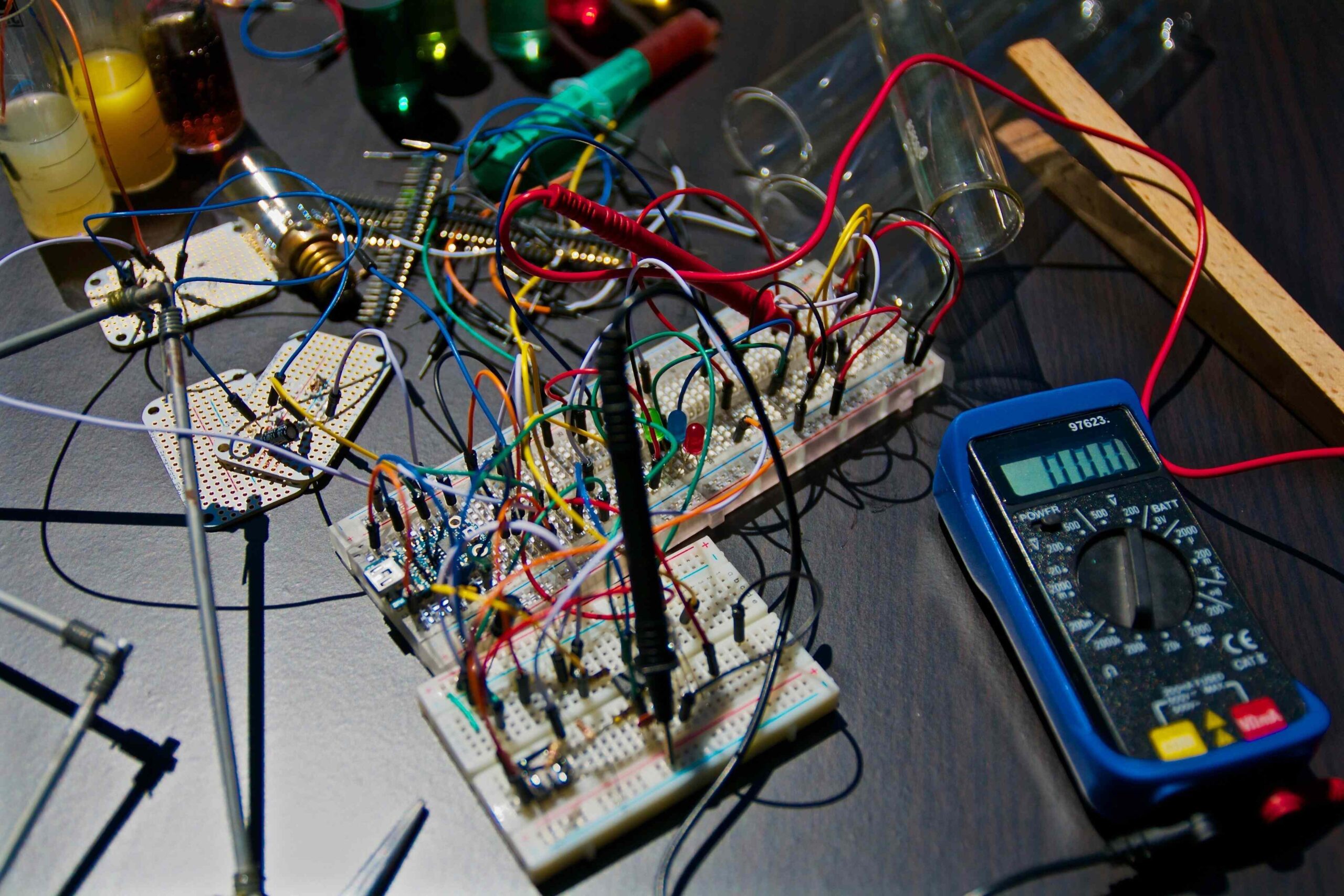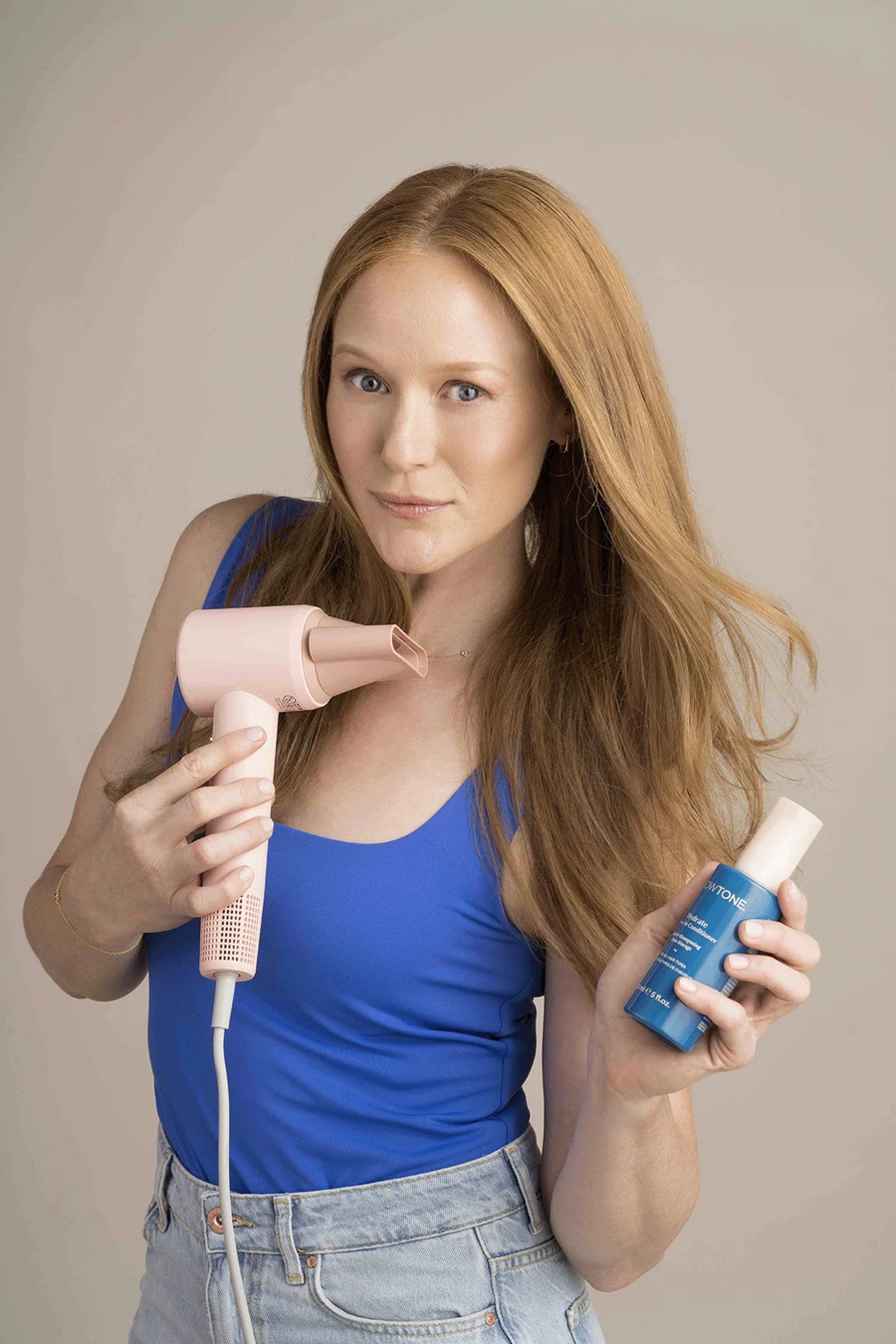
In the world of sports, attention typically focuses on athletes, stadiums, and high-tech equipment. But behind every successful game, there’s an unsung hero working silently in the background: sports barrier nets. These simple yet powerful tools play a critical role in ensuring that games are not only safe but also efficient and uninterrupted.
From professional sports venues to school fields and residential setups, barrier netting has become a standard in modern athletic environments. If you’re building, upgrading, or maintaining a sports facility, understanding the value and function of these nets can save time, reduce costs, and prevent injuries.
What Are Sports Barrier Nets?
Sports barrier nets are high-durability netting systems installed to prevent balls or other projectiles from leaving the field of play. They act as invisible walls that protect surrounding areas, maintain game flow, and contribute to a safer environment for players, coaches, spectators, and property.
These nets are typically made from nylon, polyethylene, or other weather-resistant synthetic materials and are engineered to withstand repeated impact without tearing or losing form.
Where and Why Are They Used?
The primary purpose of sports barrier nets is containment and protection. They’re used across a wide spectrum of sports and settings:
- Behind goals in soccer, lacrosse, and football to stop overkicked balls.
- Around baseball and softball fields to catch foul balls and protect spectators.
- In golf ranges or backyards to contain high-speed golf balls.
- In gymnasiums and sports halls to divide courts or protect lighting and windows.
- In tennis or pickleball facilities to contain balls and reduce interference.
- In multi-use fields to define playing areas and prevent cross-field disruptions.
Key Benefits:
- Player and spectator safety
- Prevention of property damage
- Reduced ball retrieval time
- Improved game and training efficiency
- Lower insurance and liability risk
Types of Sports Barrier Nets by Sport
Different sports generate different forces and ball sizes, which means net specifications must be tailored to each use.
⚾ Baseball & Softball
- Mesh Size: 1-3/4 inches
- Strength: Heavy-duty twine (#36 to #60)
- Use Case: Backstops, outfield protection, batting cages
🏌️ Golf
- Mesh Size: 3/4 to 1 inch
- Material: Lightweight but dense; often knotless
- Use Case: Driving ranges, backyard nets, golf simulators
⚽ Soccer
- Mesh Size: 4 inches
- Use Case: Behind goals, field perimeters
🏀 Basketball
- Mesh Size: 2 to 4 inches
- Use Case: Court enclosures, backboard safety zones
🏑 Hockey & Lacrosse
- Mesh Size: 1-1/2 inches or less
- Material: Extremely strong nylon or Kevlar
- Use Case: Behind goals, rink enclosures
🏈 Football
- Mesh Size: 3–4 inches
- Use Case: End zone protection, practice fields
Material Options and What They Mean
The durability and performance of a sports barrier net are directly influenced by the materials used in its construction.
Nylon
- Pros: Strong, flexible, great shock absorption
- Cons: Can absorb water unless treated
- Best For: Indoor or temporary outdoor use
Polyethylene (PE)
- Pros: Weather-resistant, UV-stable, lightweight
- Cons: Slightly less elastic than nylon
- Best For: Long-term outdoor use
Kevlar or Hybrid Fibers
- Pros: Extremely durable, ideal for high-impact zones
- Cons: Expensive
- Best For: Hockey or professional-grade use
Knotted vs. Knotless Netting
This choice impacts both durability and visual clarity.
- Knotted Netting: Offers more strength and is typically used in baseball or other high-impact sports.
- Knotless Netting: Smoother, less abrasive, and more visually subtle. Common in golf or soccer setups.
Choosing the Right Barrier Net for Your Needs
When shopping for a sports barrier net, consider these critical factors:
📏 Dimensions
Measure the area you need to cover—both in height and width. Overestimating slightly is better than coming up short.
💪 Twine Strength
The twine or cord thickness, often referred to by a number (e.g., #21, #36, #60), determines its strength:
- #21: Light to moderate use (golf, youth sports)
- #36: Standard for most baseball and softball fields
- #60: Heavy-duty professional-grade use
☀️ Weather Protection
UV-treated and moisture-resistant netting is essential for outdoor setups. These nets last longer and maintain performance under sun, rain, and snow.
🔩 Installation Requirements
Decide whether the net will be mounted to:
- Steel poles
- Wooden posts
- Overhead support systems
- Ceiling tracks (for indoor use)
Installation: DIY vs. Professional
DIY Installation
Great for home setups, youth fields, or budget-conscious projects. Many kits come with mounting hardware, instructions, and pre-cut netting.
Professional Installation
Recommended for commercial sports complexes, high schools, and larger stadiums. Ensures proper tensioning, alignment, and safety compliance.
Maintenance Tips to Extend Net Life
Just like any piece of sports equipment, barrier nets require some care:
- Inspect Regularly: Look for tears, sagging, or frayed edges.
- Clean Occasionally: Use mild soap and water to remove dirt or mold.
- Tension Check: Loose nets are more prone to damage and less effective.
- Seasonal Storage: If removable, take down nets during off-seasons or storms.
With proper maintenance, high-quality barrier nets can last 5–10 years or more.
The Growing Role of Barrier Nets in Home Sports
As home sports facilities become more popular, residential sports netting is on the rise. Barrier nets allow families to practice soccer, golf, baseball, or even hockey right in their backyard—without the risks of broken windows or neighbor complaints.
Common home uses include:
- Backyard batting cages
- Garage golf simulators
- Driveway basketball ball containment
- Portable soccer goal backstops
Final Thoughts: Small Net, Big Impact
While they may not grab headlines like athletes or arenas, sports barrier nets are a vital part of the modern sports ecosystem. They make sports safer, facilities more efficient, and experiences more enjoyable for everyone involved.
Whether you’re managing a professional stadium, installing a training facility, or just trying to protect your backyard, investing in quality sports netting is one of the smartest decisions you can make.



